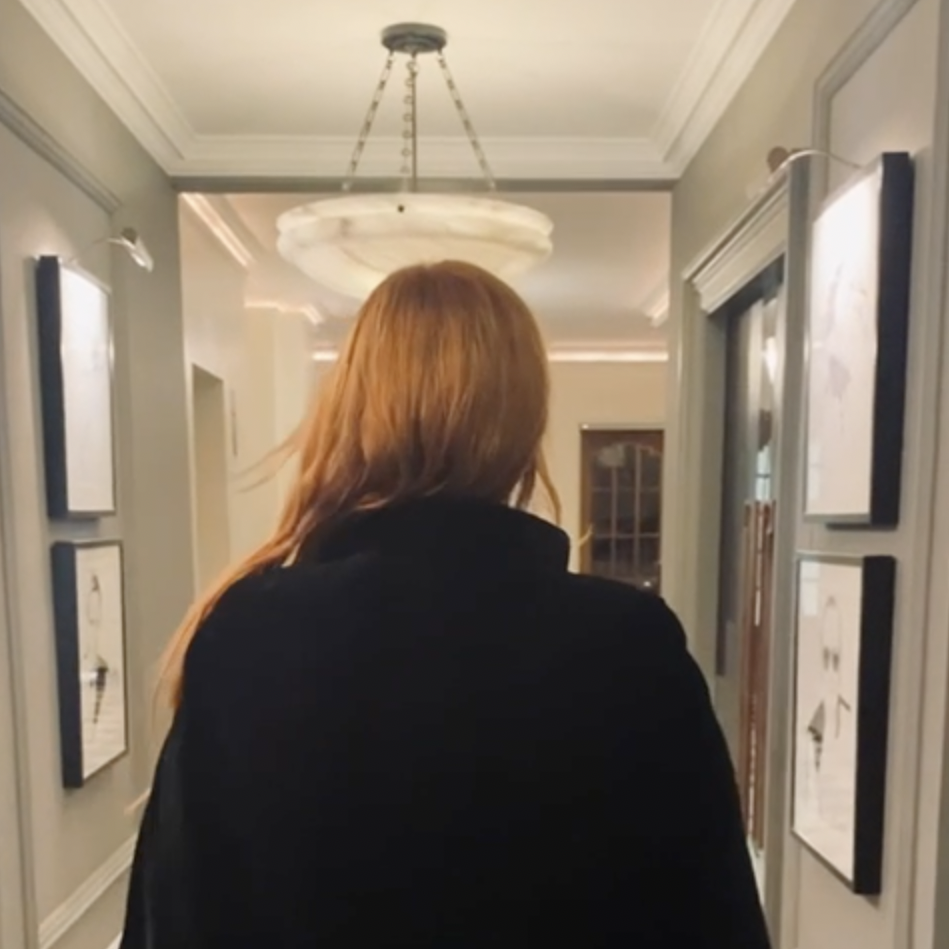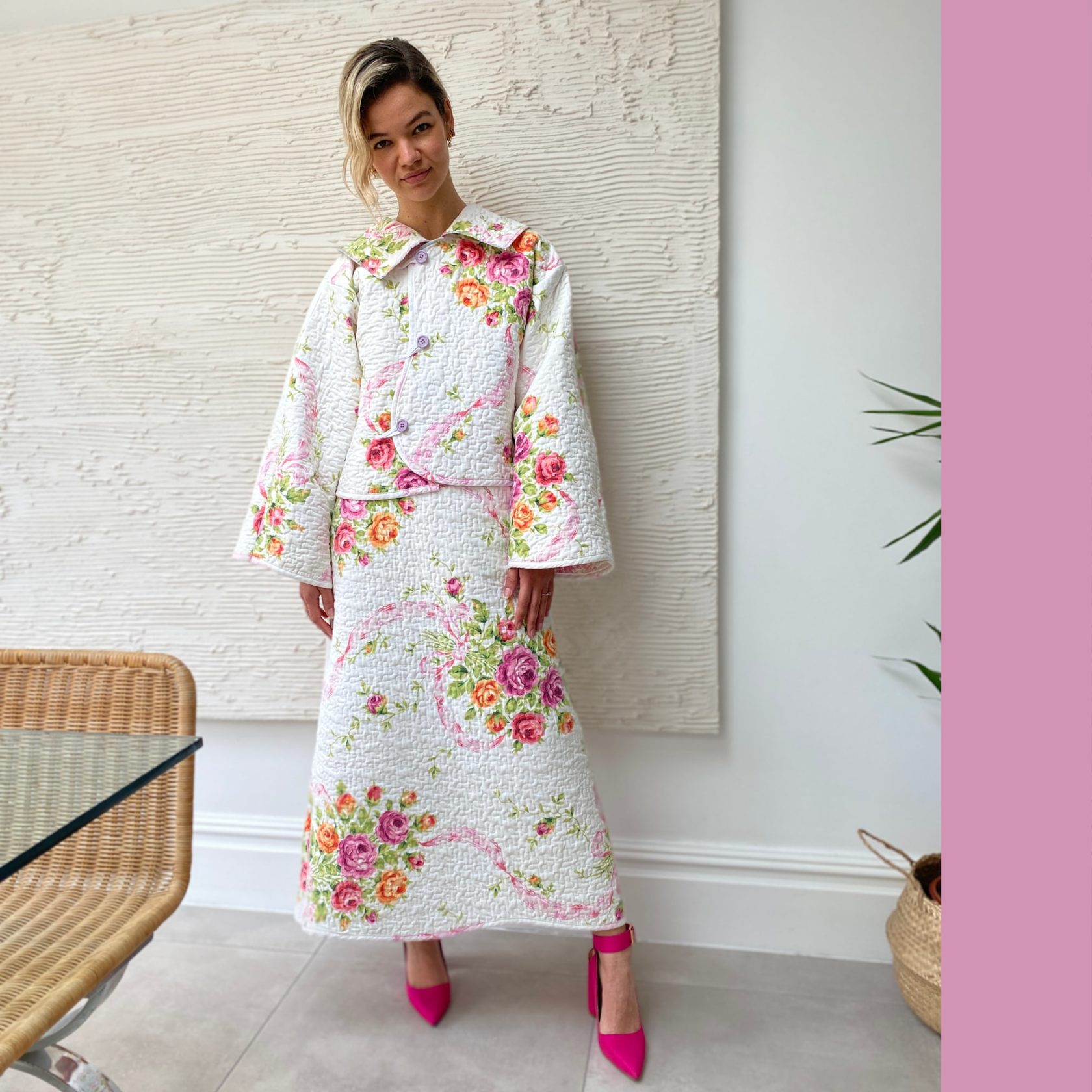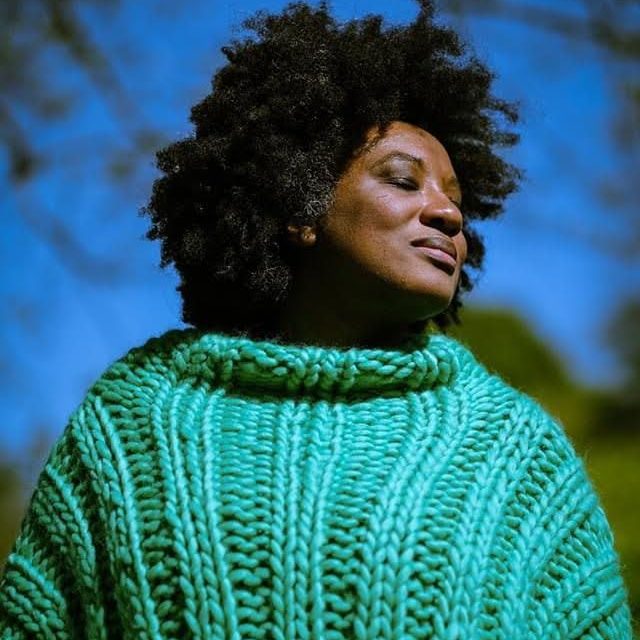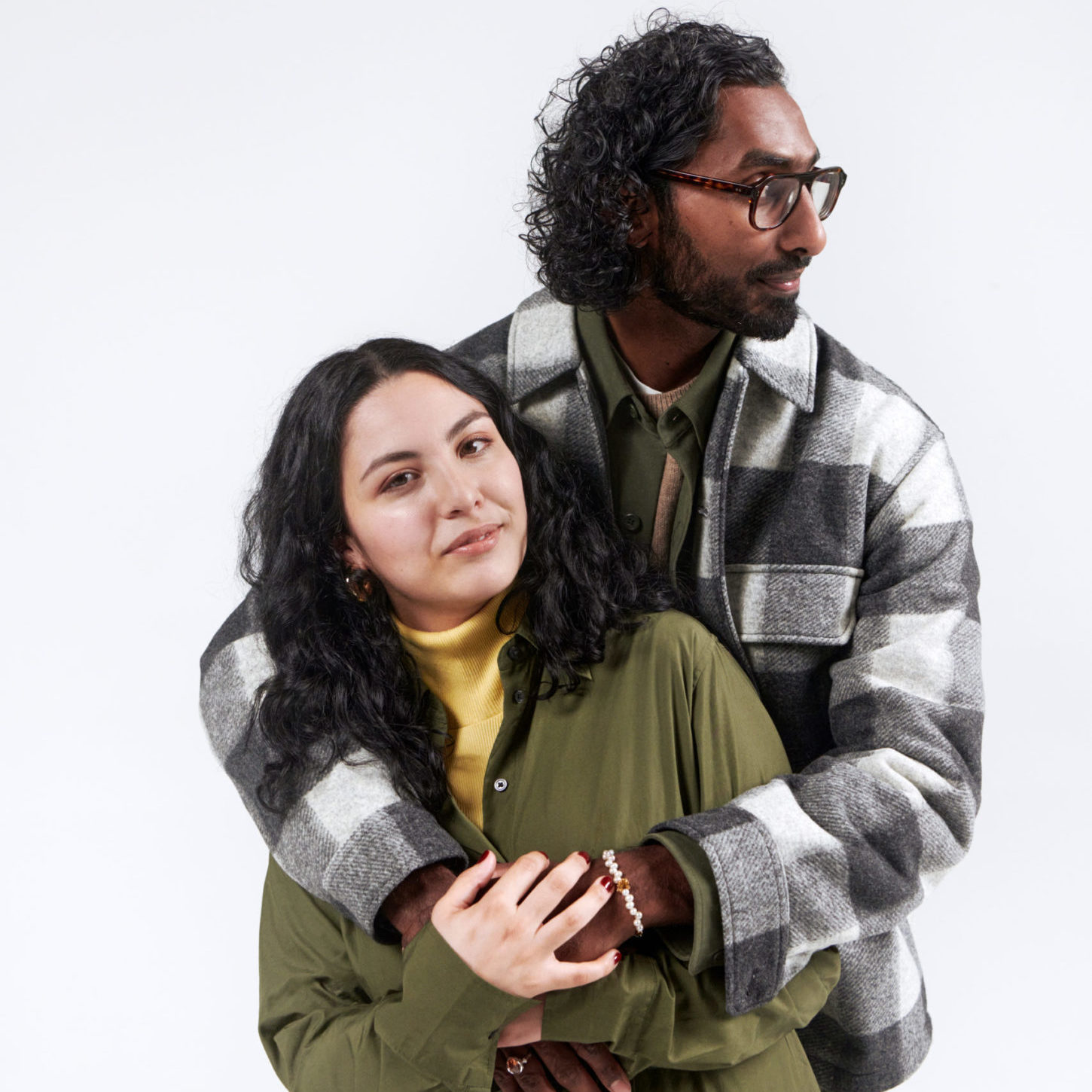April | Designer Focus
Inside Bethany Williams' unique design philosophy
The award-winner designer on setting a new fashion blueprint
Emma SellsReferring to Bethany Williams as simply a fashion designer doesn’t feel like it comes close to doing her justice. True, she has run her award-winning
since 2017, conjuring thoughtfully crafted, colourful, playful and genuinely joyful clothes, initially for men but now, more fluidly, for whoever wants to wear them. But Williams is a pioneer, setting the blueprint for how a modern fashion brand can operate with its conscience intact: making her clothes from recycled and deadstock fabric, working with social enterprises like Making for Change, and using her platform to support and shout about a charity each season; for SS21, that’s the Magpie Project – a community initiative providing help to parents and children under five at risk of homelessness. She even found time in April last year to join forces with Phoebe English, Holly Fulton and Cozette McCreery to set up the Emergency Designer Network, helping to make PPE for the NHS. Her passion – not to mention her work ethic – is truly inspiring.
“Having something discarded and giving it time and making it beautiful, adding value, and heritage, history and craft – that’s what I’m really interested in”
Bethany Williams

Artwork by Siduations
If that all feels a bit heavyweight, make no mistake: her clothes, from their relaxed, sporty silhouettes to the vibrant prints designed in collaboration with like-minded artists, are more than capable of holding their own in your wardrobe. But it’s the stories behind them that really set them apart. Take her SS21 Book Bags: they’re woven from recycled children’s books that would have otherwise been pulped, at San Patrignano – a drug rehabilitation centre in Italy that teaches a craft to every patient in recovery. “Having something discarded and giving it time and making it beautiful, adding value, and heritage, history and craft – that’s what I’m really interested in,” says Williams. “And, also, the social and environmental side, being able to use fashion as a tool for expressing ideas and tangible change-making through our supply chain.”
Artwork: Siduations



